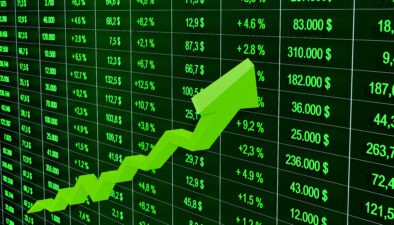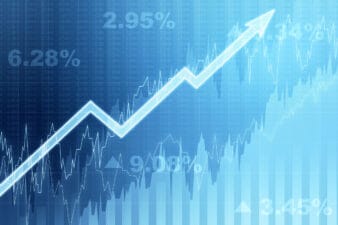Beyond looking to home-grown stocks that are analogous to American ones, such as Shopify Inc. (TSX:SHOP)(NYSE:SHOP), can CNN’s Fear and Greed Index be of use to Canadian investors?
While some domestic investors may regard the Fear and Greed Index as not being pertinent to the Canadian stock market, the fact is that the index draws on a lot of very useful information. Though the sources that feed the index are U.S.-centric, it can’t be denied that Wall Street’s influence on Bay Street is significant. With that in mind, Canadian investors may indeed find some advantage in using the index as a heads-up when looking to time the domestic and U.S. stock markets.
What are the factors that feed the Fear and Greed Index?
There are seven key indicators of fear and greed that go into the calculation of the index. Each indicator is analyzed for movement away from its average. These are stock price momentum, stock price strength, stock price breadth, put and call options, junk bond demand, market volatility, and safe-haven demand.
Stock price strength data is drawn from the NYSE, while market volatility is determined by the Chicago Board Options Exchange Volatility Index (VIX).
Again, while these indicators pertain to U.S. stock markets, there is some broad applicability to the TSX. For one thing, American investors in the TSX are likely to follow U.S. sentiment, so the index may give some indication of how the Canadian stock market is affected by their trading behaviour. Meanwhile, Canadian investors in TSX stocks that also trade on the NYSE and NASDAQ may also want to take note of the above when picking the right time to buy and sell. Moreover, many of the drivers of North American stock markets are universal, such as gold and oil prices, meaning that U.S. and Canadian market sentiments are likely to be broadly similar anyway.
Understanding its limitations makes the index more useful
While the Fear and Greed Index might be directly applicable if you’re investing on the NYSE, you’ll have to figure out how U.S. stocks map onto the TSX. But you’re used to doing that, right?
One way to do this may be to look at sectors, rather than individual stocks. Sure, some big American stocks translate okay to Canadian ones — some big-brand fast-food outlets over there are roughly synonymous with some over here — while you can try to see Amazon.com, Inc. (NASDAQ:AMZN) as an analogue for Shopify. Or you can look at stocks that trade on both American and Canadian stock exchanges — though bear in mind that often the same stock can be viewed quite differently on either side of the border.
At root, U.S. demographics and consumer styles are somewhat different from Canada’s. Understanding the ways in which Americans and Canadians invest is key, therefore, to gleaning useful information from the Fear and Greed Index.
The bottom line
In the end, the Fear and Greed Index is an indicator of U.S. investors’ appetite for risk. It’s really only useful to Canadian investors looking for some indication of overall buying sentiment. If you are going to use it — and you probably should take a glance at it every so often — then see it as a weather vane for market jitters.
To finish up, let’s take a quick look at what the Fear and Greed Index is doing now. A month ago, the index was at a neutral 52. It then fell to 42 last week, indicating fear, before dipping to an even more fretful 34 at the last close. At the time of writing, the index sits at 35, still indicating a reduced appetite for buying. Contrarian and value investors may want to see this as an indicator that some unloved stock may be ripe for the picking.







